
Pigeon Pea
₡1,900.00
Scientific name: Cajanus cajan
Family:
Origin:
Medicinal use:
4 in stock
Related products
-

Basil, Lemon
Culinary Garden ₡1,900.00 Add to cart
Basil, Lemon
₡1,900.00
SKU: 0100 Category: Culinary GardenScientific name: Ocimum basilicum
Family: Lamiaceae
Origin: S Asia and NE Africa
Medicinal use: In Laos, lemon basil is widely used in curries, stews, and fried dishes as it is the most commonly used type of basil in Laos. Many of the stews of Lao cuisine require the use of lemon basil. It is often eaten raw in salads or lalap (raw vegetables) and accompanied by sambal. Lemon basil is often used to flavor certain Indonesian dishes, such as curries, soups, stews, or steamed or grilled dishes.
35 in stock
-
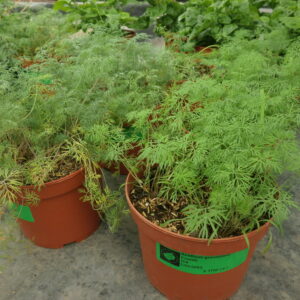
Dill
Culinary Garden ₡1,900.00 Add to cart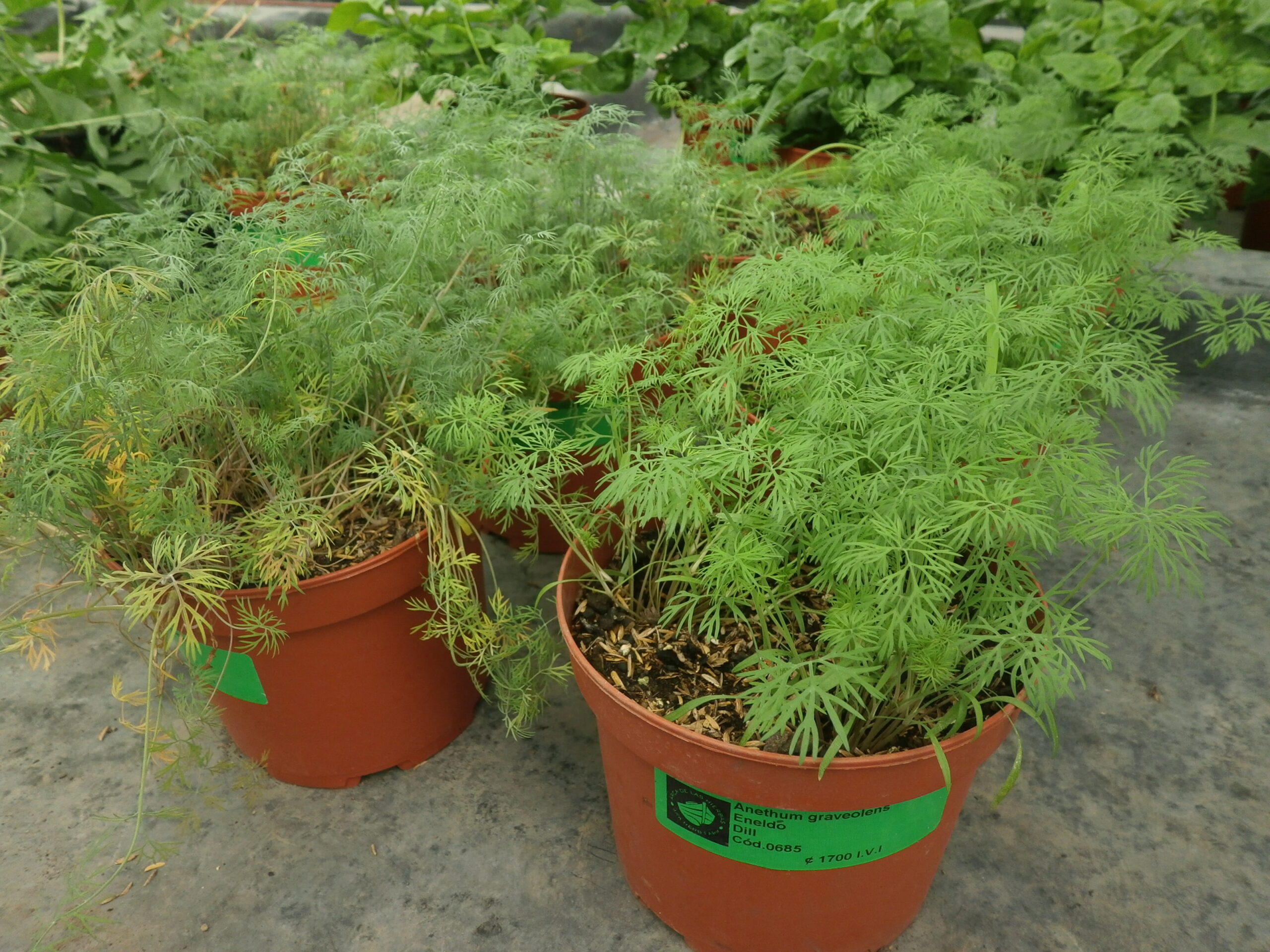
Dill
₡1,900.00
SKU: 0685 Category: Culinary GardenScientific name: Anethum graveolens
Family: Apiaceae
Origin: N Africa and Arabian penisula
Medicinal use:With fresh dill all kinds of dishes can be flavored, it can be added, in addition to fish, to seafood, meats, rice, salads, vinegars and flavored oils, sauces … it provides its sweet, fresh and aniseed flavor, a unique flavor that no other aromatic plant can provide.
13 in stock
-
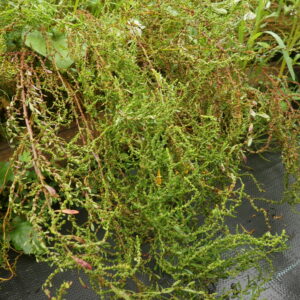
Apazote
Culinary Garden ₡1,900.00 Add to cart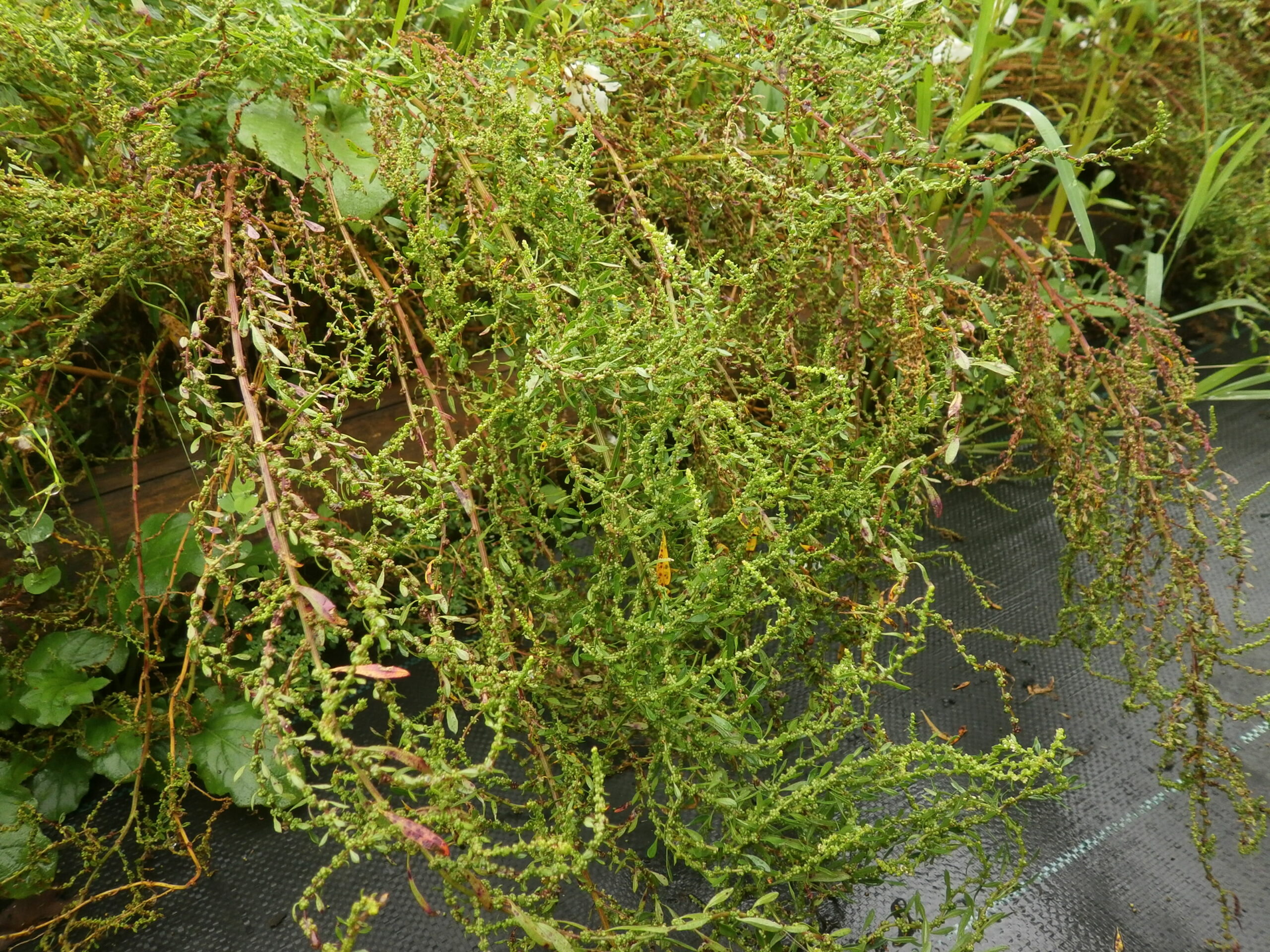
Apazote
₡1,900.00
SKU: 0160 Category: Culinary GardenScientific name: Dysphania ambrosioides
Family: Amaranthaceae
Origin: S Mexico
Medicinal use:In Mexican gastronomy it is used in many dishes, such as corn and esquites, black beans, in some seafood soups such as chilpachole de jaiba, within a wide variety of broths, It is commonly believed that it prevents flatulence caused by consumption of beans. To be used in food, its flowers are removed and it is used as a condiment, adding a deep flavor, with bitter nuances and very aromatic, which is why it is used in moderation.
37 in stock
-
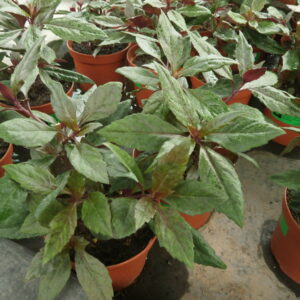
Spinach, Okinawa
Culinary Garden ₡1,900.00 Add to cart
Spinach, Okinawa
₡1,900.00
SKU: 0720 Category: Culinary GardenScientific name: Gynura bicolor
Family: Asteraceae
Origin: S and SE Asia
Medicinal use:In Japan, Gynura bicolor is eaten as local vegetables in Ishikawa, Kumamoto and Okinawa and so on, it is lightly blanched and served with ponzu, as an ingredient in miso or tempura soup, the leaves are sautéed with sesame oil and ginger ( both hot foods). The stems and roots of the plant can also be made into tea by boiling them with water.
2 in stock


